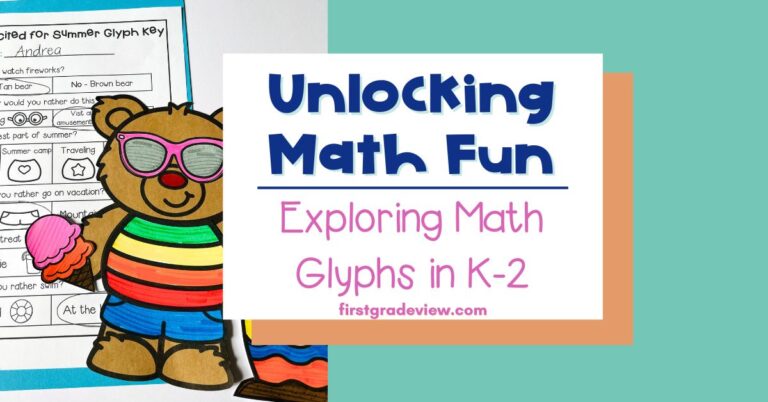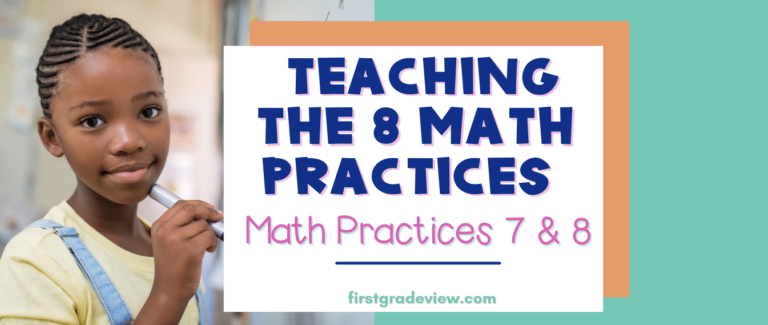Have you ever asked yourself, “Why do I need to address the standards of math practice with my students?” Well, let me share my experience as a student who was taught math as a series of formulas and rote procedures.
When I was about to enter high school. I had to take a math placement test. I remember spending a few weeks preparing for the test with my fellow 8th graders. We would practice problem after problem, memorizing all the steps we were supposed to follow.
All of that hard work paid off because I got placed in Algebra I Honors. I should have been so excited, but instead I was terrified! I knew the truth. The thing is, I was really good at procedural math, but I had no idea why those procedures worked. Needless to say, my freshman year ended with me dropping the honors class and going on to develop a limited mindset in math. It would be years before my math mindset would shift. If the standards of math practice had been implemented back then, I believe I would have been able to think creatively about solving complex problems and maybe… just maybe… I would have stayed the course in honors math.
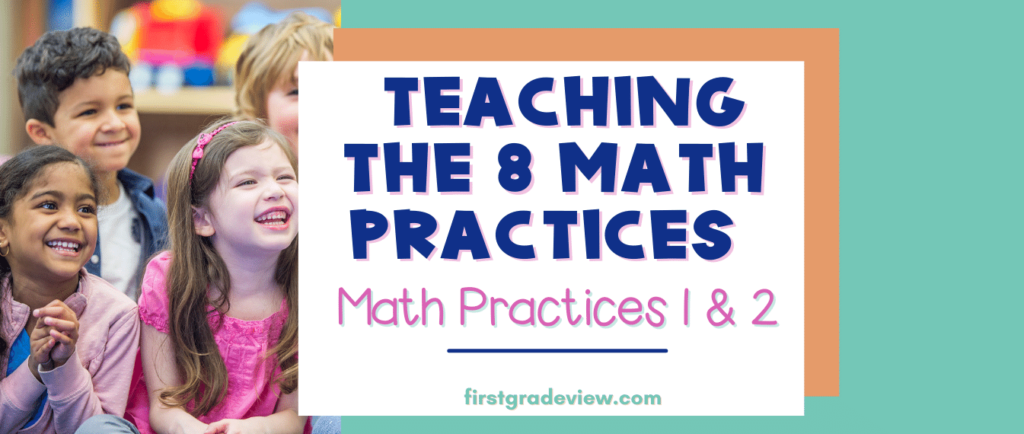
In this blog series, I will be covering the Eight Standards for Mathematical Practice and activities that you can utilize in your classroom to help students build these math habits. This first post will cover Math Practices 1 and 2. Let’s begin by going over some important information.
Why are the Standards for Mathematical Practice Important?
The Eight Standards for Mathematical Practice or Standards of Math Practice are important because they describe what mathematicians do. They provide a foundation to ensure an understanding of math. They describe how mathematicians think, the behaviors they practice, and focus on developing reasoning skills along with being able to share your math thinking with others. These are the habits teachers want to help their students develop to use math and think mathematically.
How Many Standards of Math Practice are there?
There are 8 Standards of Mathematical Practice:
- Make sense of problems and persevere in solving them
- Reason abstractly and quantitatively
- Construct viable arguments and critique the reasoning of others
- Model with mathematics
- Use appropriate tools strategically
- Attend to precision
- Look for and make use of structure
- Look for and express regularity in repeated reasoning
Math Practices in Kid Friendly Terms
Now, you may be thinking, I teach elementary math. How do I make these practices work with my students? Luckily, using kid friendly terms makes it much easier to help your students see the value in the 8 math practices.
- Work on understanding problems without giving up
- Think about numbers in many ways
- Explain their thinking and try to understand what others think
- Can show their work in many different ways
- Use a variety of math tools to solve problems
- Try to be accurate by checking their work
- Look for patterns to help them solve new problems
- Discover and use shortcuts to solve problems
By posting a kid friendly version of the math practices in your classroom, you can have students recognize when they are engaging in one or more of the habits of mathematicians.
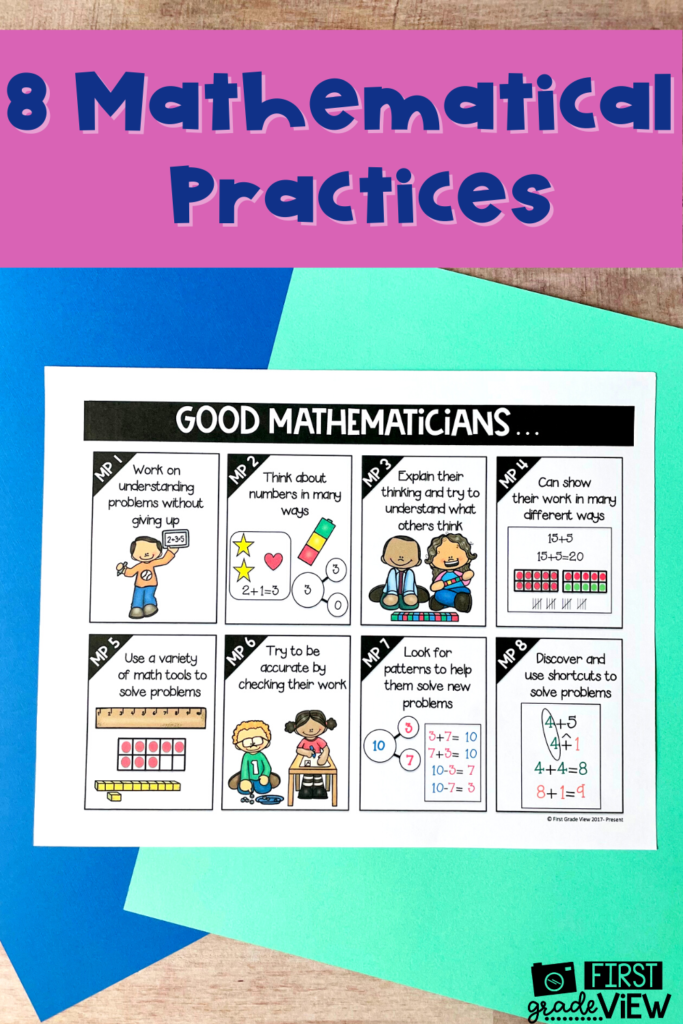
Teaching Standards for Mathematical Practice
Math Practice 1: Make sense of problems and persevere in solving them
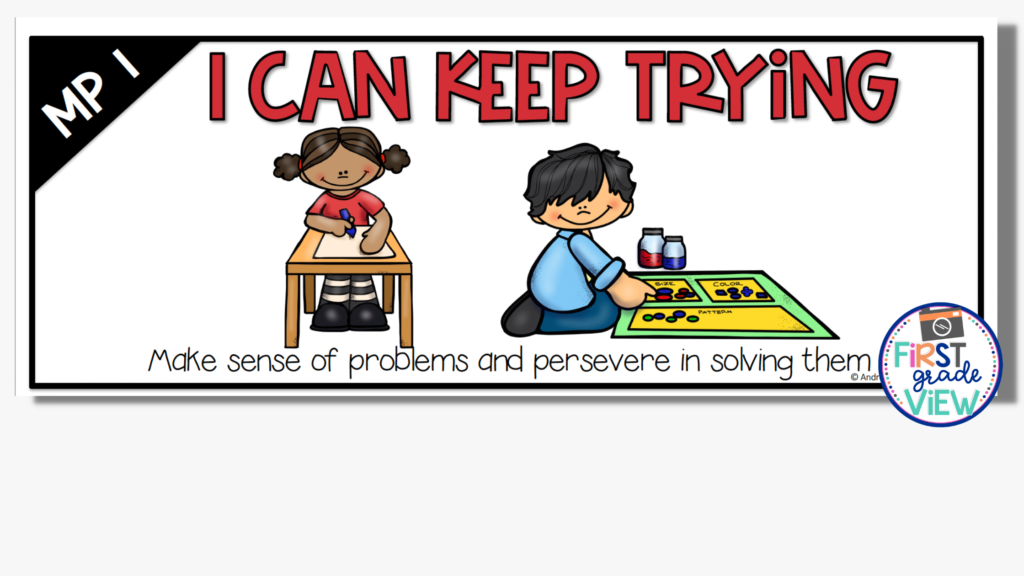
This is probably the easiest math practice to address because students have to exercise this habit with most math tasks. Word problems especially tend to lend themselves well to developing this habit. One way you can help students better understand math word problems is by helping them unpack a problem. You can read more about how to do that in this post.
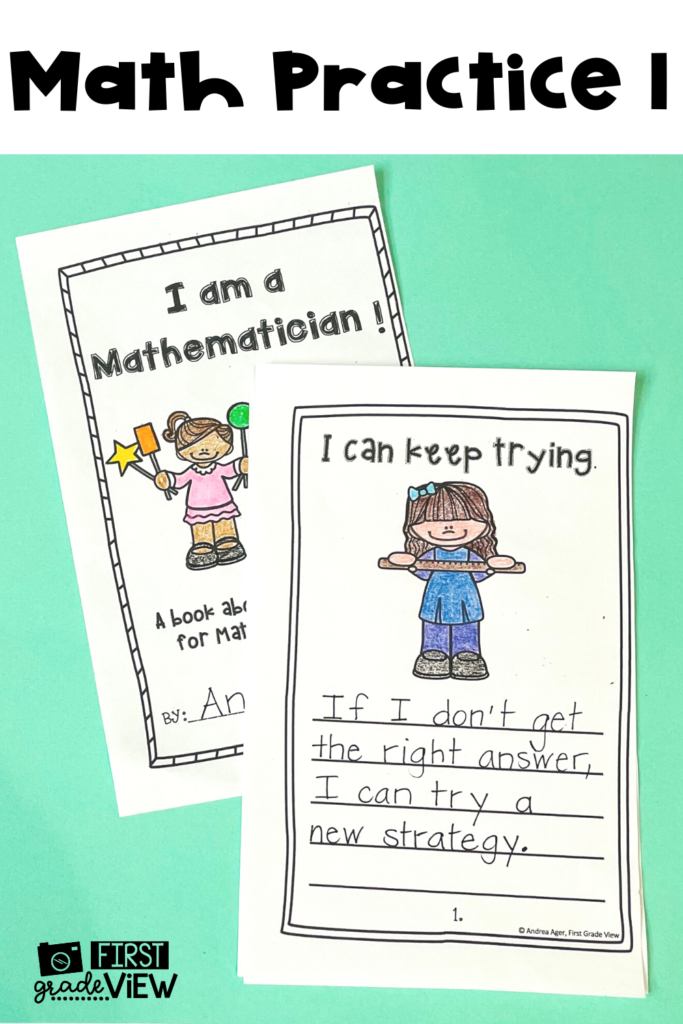
The second part of this math practice is not giving up when working on a difficult math task. One thing you can do to help students with this is establish expectations at the beginning of the year by making an anchor chart of what they can try when they feel stuck.
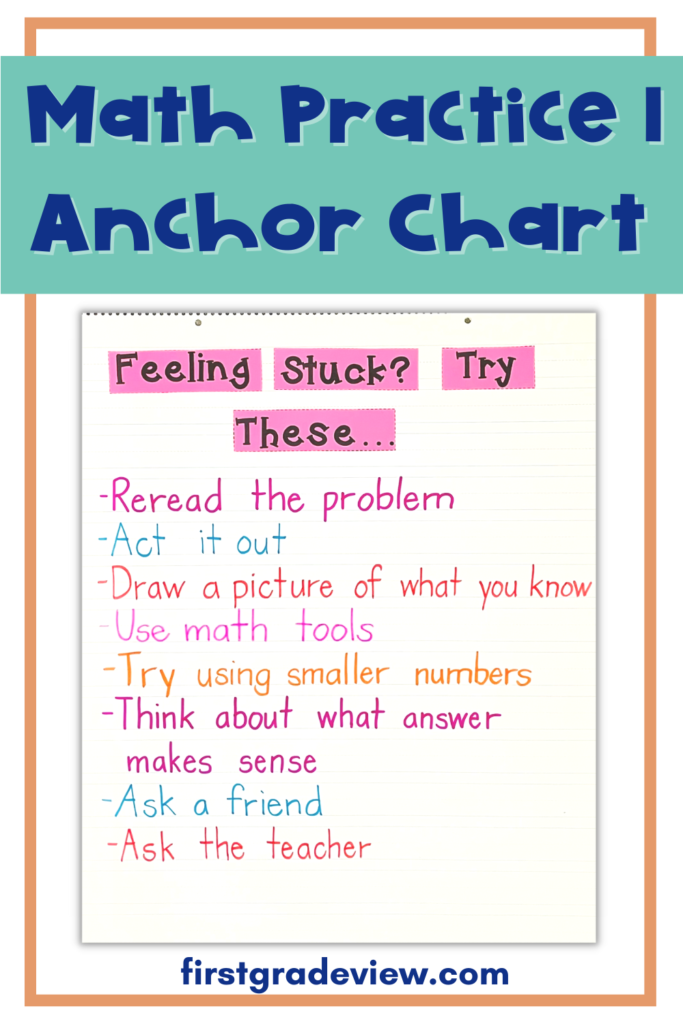
Questions to Develop Math Practice 1
- How would you describe the problem in your own words?
- What do you notice about….?
- What strategy have you already tried?
- How could you organize…represent…show?
Math Practice 2: Reason Abstractly and Quantitatively
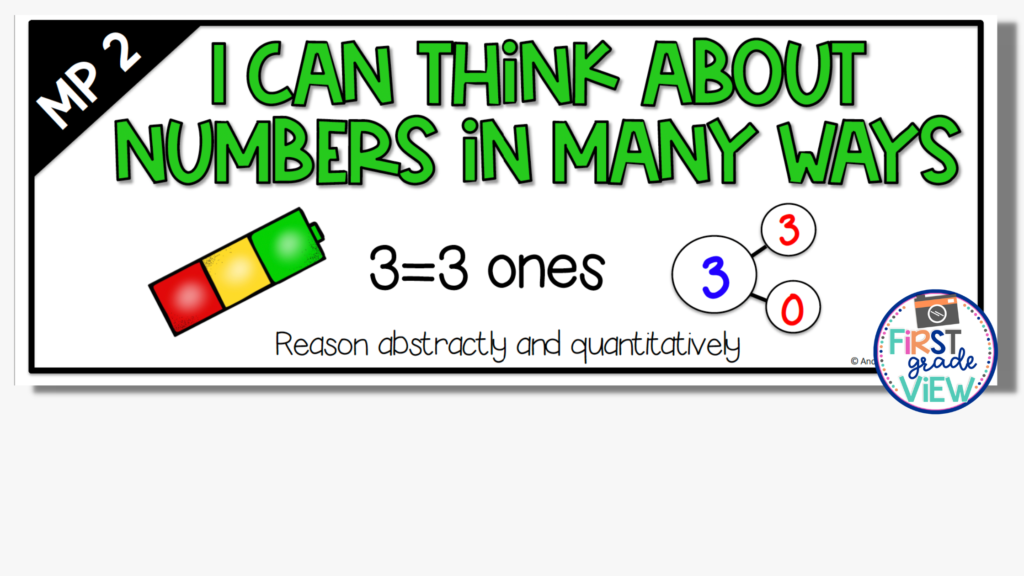
In this math practice, students need to understand what each number in a problem represents and how the numbers relate to each other. In other words, you want them to be able to think flexibly about numbers.
The following activities are examples of how students can build this math habit.
Target Number– In this activity, students are given a number and must represent the same quantity in another way.
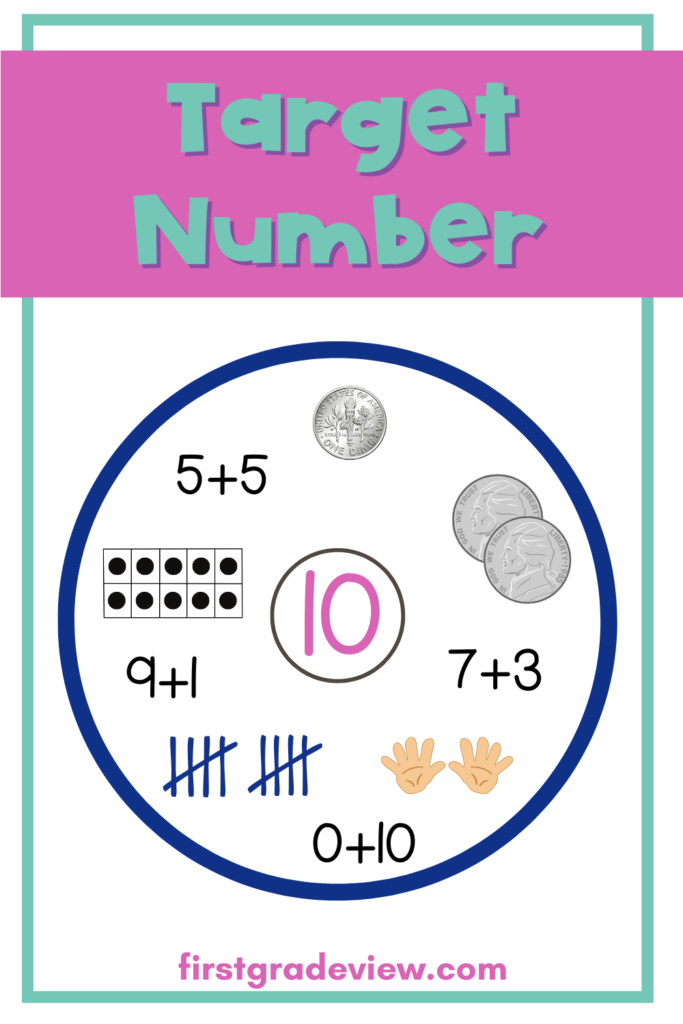
Count and Compare– Students are given two quantities to count and then must compare them in terms of greater than or less than.
Estimation– Put together an estimation jar with about 20-50 items. Show students what a group of 10 of that item looks like. Then, have them estimate how many items are in the jar. Explain to students that sometimes, we see numbers as a group, such as a group of 10. Other times, we use a symbol to represent numbers, such as their estimation they made.
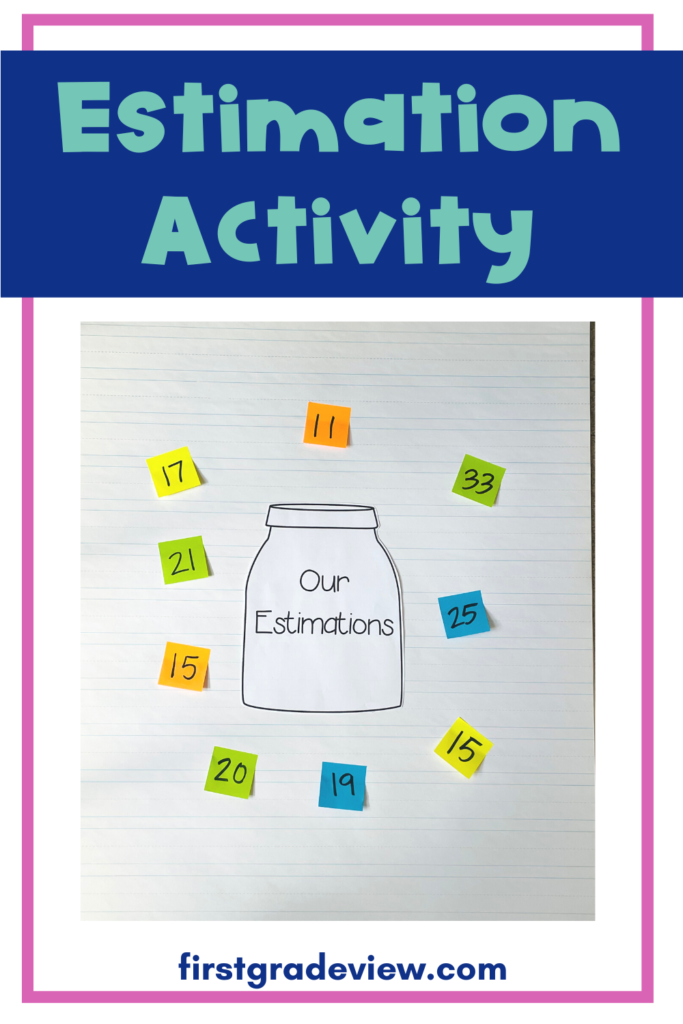
Math Talk– You can give students a problem to solve such as 15-8 and have them model their thinking about how they would solve it.
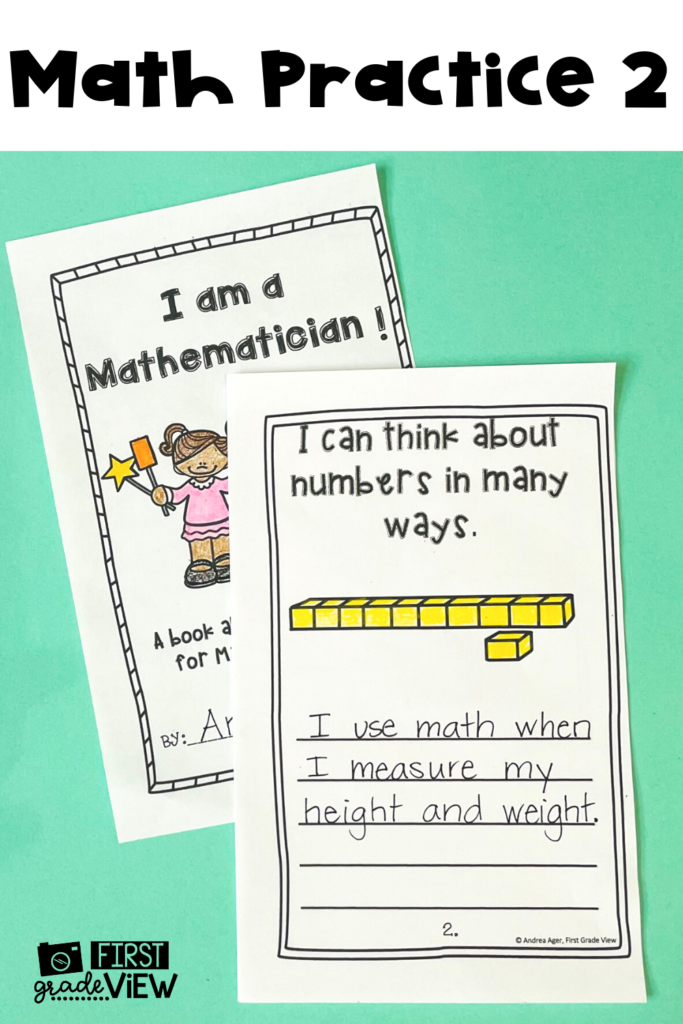
Questions to Develop Math Practice 2
- What do the numbers in the problem represent?
- How is _________ related to _________?
- How did you decide on what operation to use to solve this?
- Could you have solved this a different way? Why or why not?
Hopefully this blog series has helped you see how you can make the Eight Mathematical Practices part of all your lessons with your students. Be sure to grab a set of these math practice posters to use with your students! Come back so you can read all about Math Practice Standards 3 and 4 and how you can incorporate them in your classroom!
You may also like:
Teaching the 8 Math Practices: Practices 3 & 4
Build Math Habits: How to Persevere in Problem Solving
Why Teaching Keywords for Math Story Problems Isn’t the Best Option

